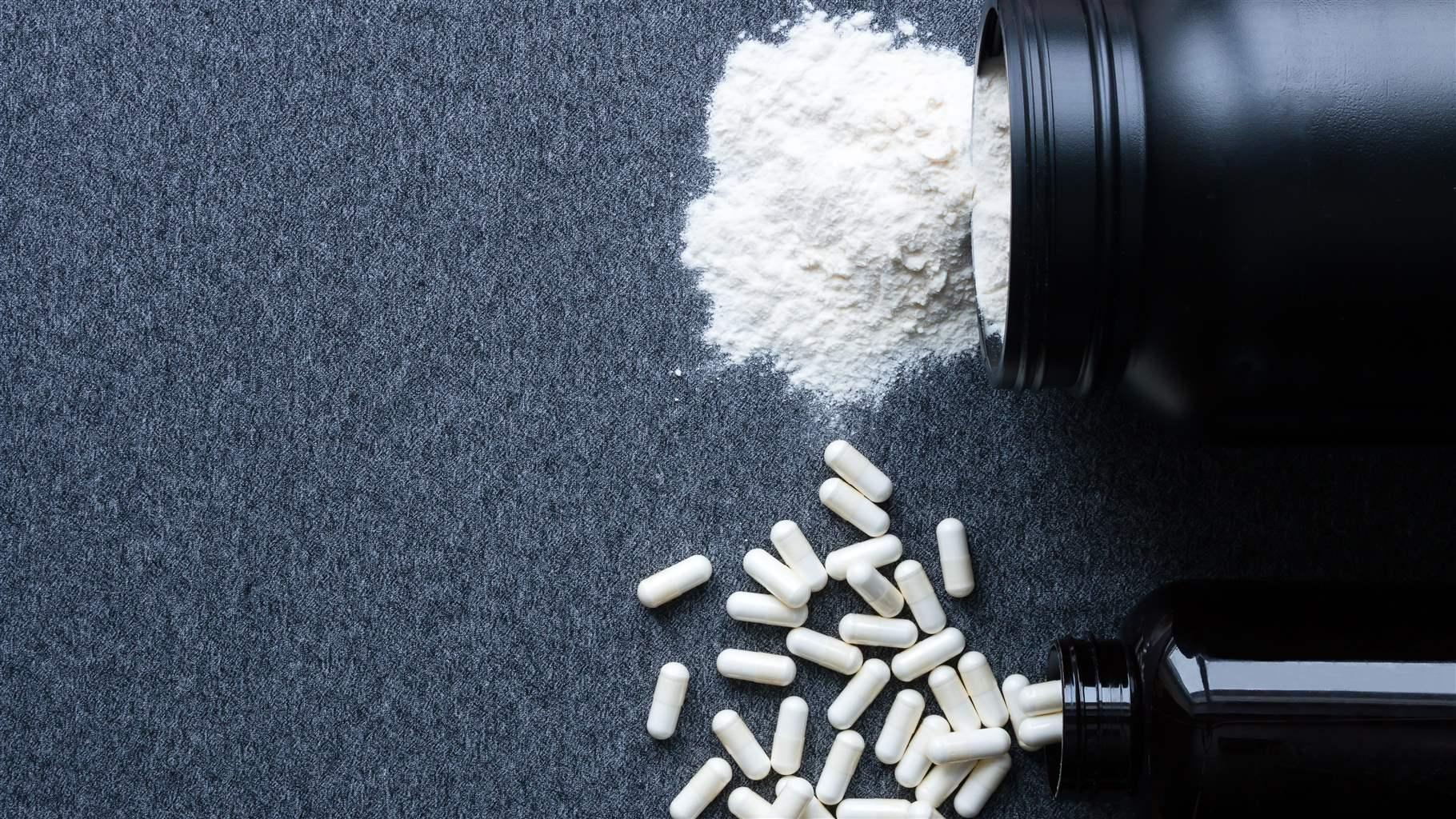What Ingredients Can Be Used in Compounded Drugs?
An overview of bulk drug substances

Overview
When patients have medical needs that cannot be met by commercially available medicines that have been approved by the Food and Drug Administration, they can instead take compounded drugs, medications made by physicians or pharmacists. Neither FDA nor state authorities evaluate these drugs for safety or efficacy before they are administered to patients, but compounders cannot use just any chemicals to create a drug. Rather, there are criteria under federal law for determining which active drug ingredients—known as bulk drug substances— can be used to compound drugs.
What substances can compounders use to make drugs?
There are two main types of compounders and two corresponding sets of rules regarding the bulk drug substances that they may use:
- Traditional compounders are pharmacists or physicians who dispense drugs one prescription at a time—for example, a liquid version of a pill for a patient who can’t swallow pills. They can make drugs using only bulk drug substances that fit into one or more of these categories:
- Substances for which there is a clinical need that cannot be met by existing FDA-approved products, which are on a list maintained by FDA.
- Substances for which the United States Pharmacopeia (USP) has set standards for strength, quality, and purity in a monograph.
- Substances that are part of FDA-approved products.
- Outsourcing facilities are compounding companies that make supplies of drugs for health care providers to keep on hand. For example, many hospitals maintain stocks of compounded injections for pain. They can use only bulk drug substances that fit into one of these categories:
- Substances for which there is a clinical need that cannot be met by existing FDA-approved products, which are on a list maintained by FDA.
- Substances found in FDA-approved drugs that are currently in shortage, which compounders are allowed to copy.
To ensure that compounders are starting with pure, potent, and pharmaceutical-grade chemicals, the law also requires that a bulk drug substance conform to any relevant standards that USP has set for it. The substance must also have been manufactured at an establishment that is registered with FDA, subject to inspection by the agency, and shipped to the compounder with a certificate of analysis—paperwork verifying that it meets product specifications and production standards. Both traditional compounders and outsourcing facilities are prohibited from using drugs listed by FDA as difficult to compound.
Why are the rules different for different types of compounders?
Traditional compounders have significantly more flexibility than outsourcing facilities regarding what they can use as starting material. In addition to using ingredients on FDA’s list, they can include ones that are part of approved products or that have USP monographs, while outsourcing facilities are restricted to drawing from FDA’s list, unless they are copying a drug in shortage.
This framework gives pharmacists or physicians the ability to meet individual patients’ needs but prevents them from producing stock supplies of any compounded drugs unless they have been determined to be clinically necessary. Stock supplies pose greater risks because of their typically longer shelf life and larger batch sizes.
Who decides what ingredients go on FDA’s list?
FDA’s determinations on the substances for which there is a clinical need—meaning that they should be made available for compounding—are informed by public comment1 and by recommendations from the Pharmacy Compounding Advisory Committee (PCAC).2
Federal law requires that the PCAC making recommendations on ingredients used by outsourcing facilities include representatives from the National Association of Boards of Pharmacy, USP, pharmacists with current
experience and expertise in compounding, physicians with a background and knowledge in compounding, and patient and public health advocacy organizations.3 Similar expertise is required for the committee making recommendations on ingredients used for compounding by physicians and pharmacists. In practice, FDA uses a single committee to make recommendations on compounding questions in each of these settings.4
Under what circumstances can compounders produce copies of FDA-approved products, and how do these rules protect patient safety?
Compounders cannot create large quantities of products that are essentially a copy of approved products, unless they are copying a drug that is in shortage. FDA has also proposed guidance clarifying that outsourcing facilities cannot make drugs from bulk drug ingredients if it would be possible to instead make them using an FDA- approved product, unless there is a clinical need to start from the bulk ingredient. So if an outsourcing facility is making a less concentrated form of an FDA-approved drug, it would need to dilute the approved drug rather than make it from bulk ingredients—unless, for example, the drug is for patients who are allergic to an inactive ingredient in the approved product.
This protects public safety because FDA-approved drugs have certain safeguards that compounded drugs lack: They have been tested for safety and effectiveness and are made in facilities that FDA inspects before products are offered to consumers. Giving patients compounded drugs when they could instead take medications produced with these quality controls exposes them to unnecessary risk. Restricting the copying of approved drugs also preserves the incentive for pharmaceutical companies to conduct the testing needed to obtain FDA approval.
Limitations on copying approved products help ensure that compounding does not undermine the patient protections in the drug approval system, while allowing compounders to fill the gap when no approved drug is available to meet a patient’s clinical needs.
Endnotes
- For pharmacists and physicians who compound drugs, federal statutes require FDA to issue regulations to create and maintain three lists: substances that can be used in compounding, substances that cannot be used because they were withdrawn or removed for being unsafe or ineffective, and drug products that present demonstrable difficulties for compounding. For these lists, public comment is part of the rulemaking process. For outsourcing facilities, regulations are required for developing only one list: drugs that present demonstrable difficulties for compounding. To create the list of bulk drug substances that outsourcing facilities may use, FDA must follow a different process prescribed via statute that includes an opportunity for public comment.
- For pharmacists and physicians who compound drugs, FDA must consult the committee regarding all lists. For outsourcing facilities, FDA is required to consult the committee about only one list: drugs that are too difficult to compound.
- A representative from The Pew Charitable Trusts currently serves in the public health advocacy role.
- Food and Drug Administration, "Pharmacy Compounding Advisory Committee," accessed April 30, 2018, https://www.fda.gov/AdvisoryCommittees/CommitteesMeetingMaterials/Drugs/PharmacyCompoundingAdvisoryCommittee/default.htm.










